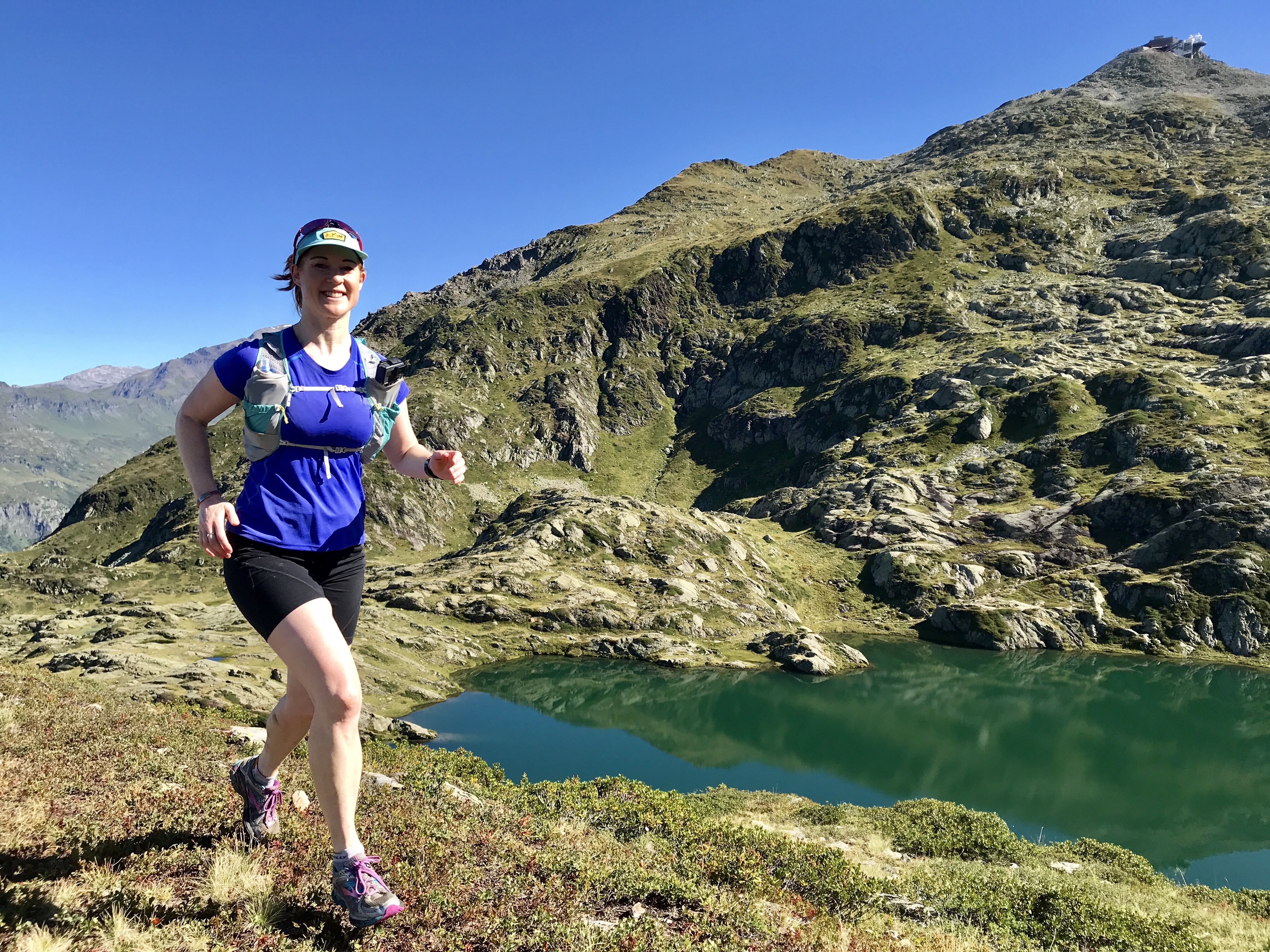Cross training for runners: how to add cycling, swimming, walking and strength sessions to your workouts
Reduce injuries and stay motivated with cross training for runners: cycle, swim, lift weights, walk and have fun!
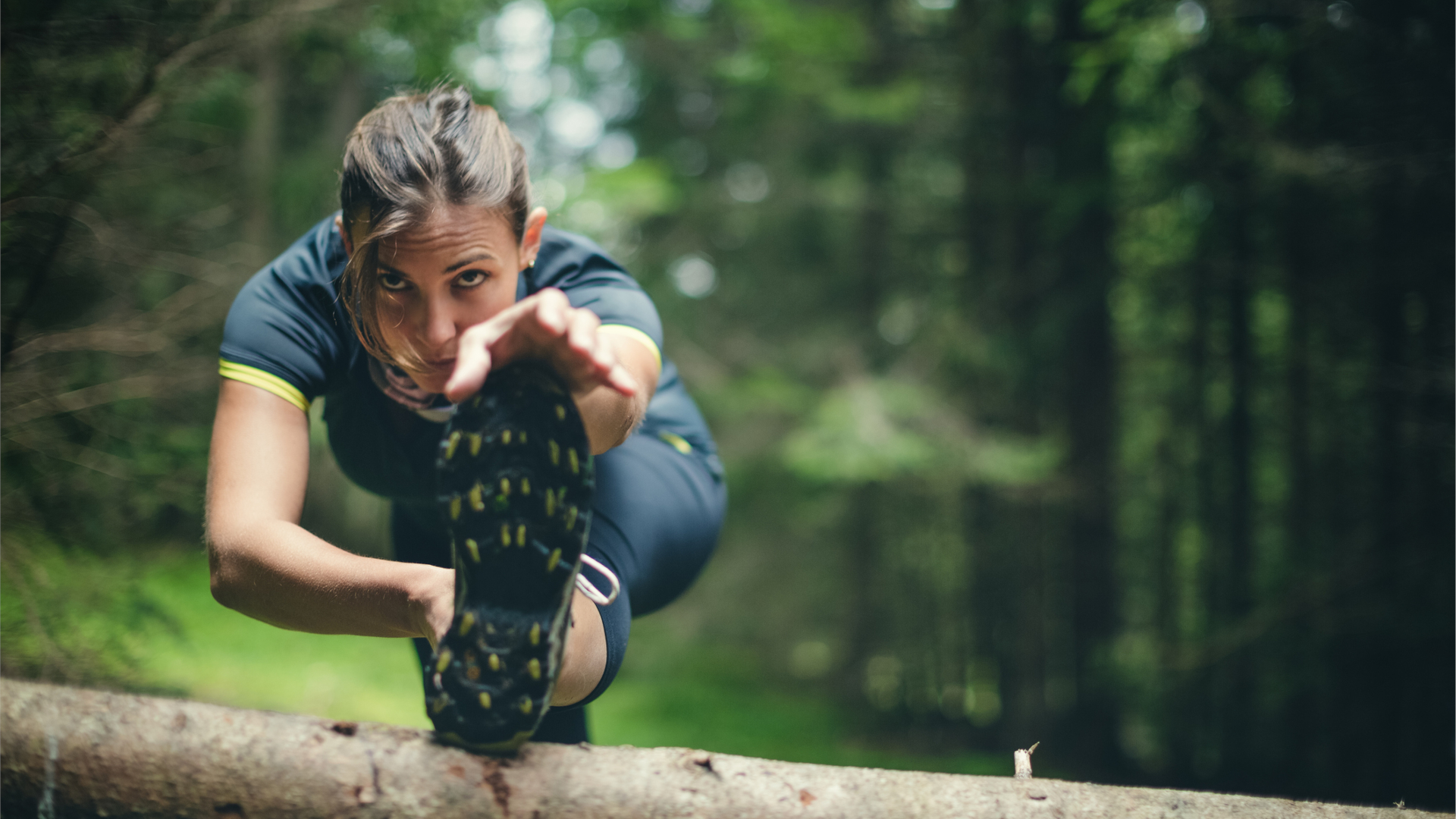
Cross training for runners is a good thing whatever your experience level – mixing up your training by doing different sports (known as cross training) will help you become a better runner and keep you motivated. Cross training not only makes exercise more interesting, it also reduces your chance of overuse and impact injuries from the constant pounding your body takes on the roads or trails. If you are unfortunate enough to have an injury, one of these non-running disciplines might just stop you going insane while you take a break from running to recover too.
1. Strength sessions
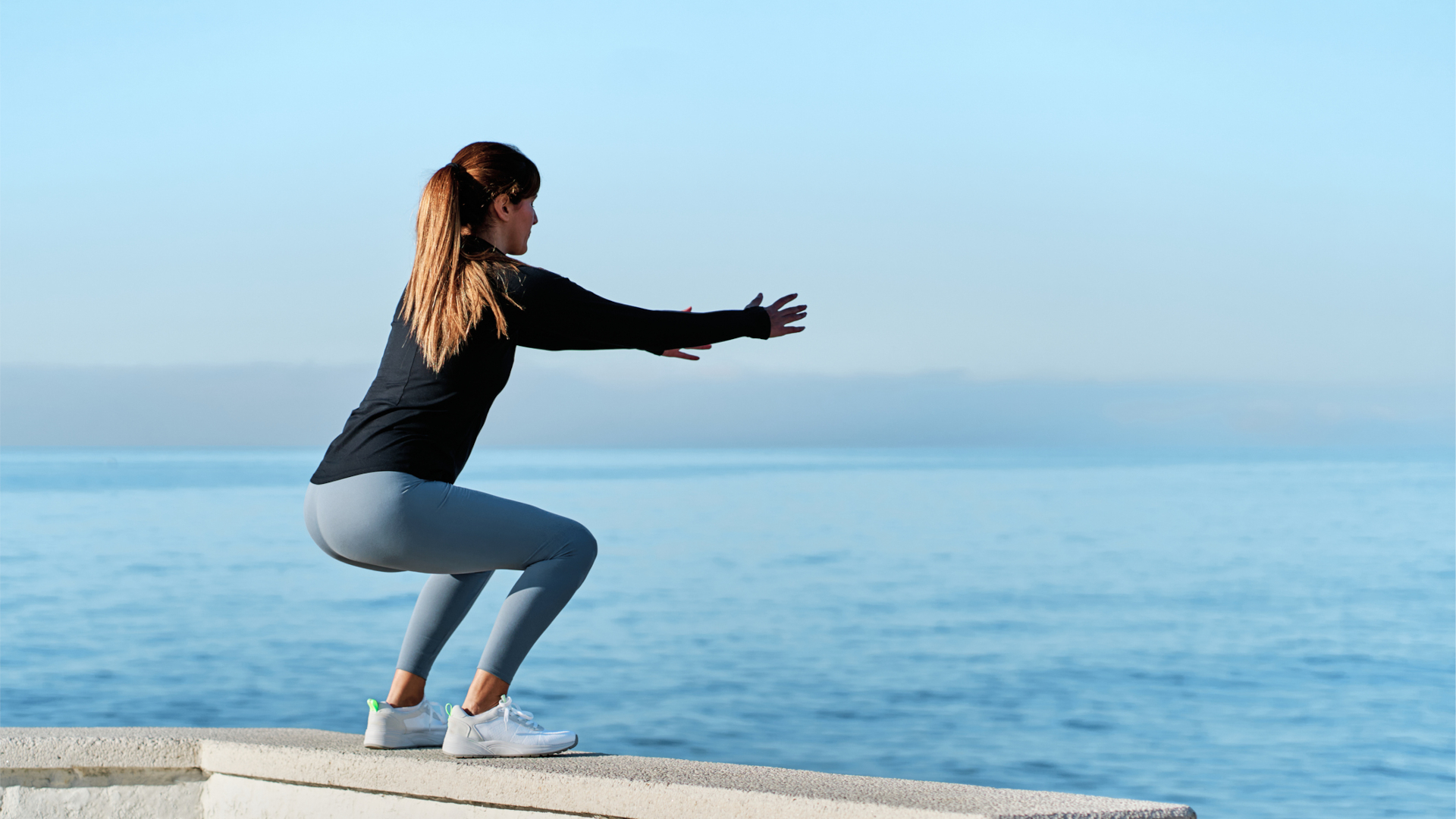
If you only add one cross training for runners activity to your workouts, make it this one. Doing strength work is the best possible cross training for runners. This type of session gives your core, whole body and the muscles that support your main running muscles the strength they need to keep on running with efficient form when you’re tired. Plus it helps you recover more quickly from intense workouts. You can do circuits, yoga, pilates and strength classes, but you don’t have to slug away in a gym for hours each week, you can do 5-10 minutes a day in your own home. You don’t need a lot of equipment either, just use your bodyweight or wear a running pack with some full water bottles in, or use a heavy book, baked bean tins or water bottles as hand weights.
Try these 3 key strength moves for runners
a) Single leg calf raises
Stand on one leg holding a chair or the wall for support if needed. Raise up onto tiptoes and back down again 5 times. Swap the legs. Up the amount of reps a few at a time until you can do 20 on each leg in one go. You may find one leg is better at this than the other, so work harder on this leg to get it up to speed. Make it harder once you hit 20 by adding a weighted backpack or hand weights. You can even do these while brushing your teeth!
b) Squat
Stand with your feet shoulder distance apart, bend the knees to 90 degrees, keeping your back straight and sticking your bum out to perform a squat. Come back up again and squeeze the glutes (your butt muscles) as you stand up straight again. Repeat 10 times, add a weighted pack or hand weights to make it gradually harder. Build up to doing 3 x 10 reps with weights. (You can also check out our guide to squats for running.)
c) Lunge
Advnture Newsletter
All the latest inspiration, tips and guides to help you plan your next Advnture!
Step one foot forwards around twice your usual walking stride length, keep facing forward, keep your back straight, and bend at both knees to perform a lunge. Push back up to the wide stance, then push back on the leading leg to come back to standing with legs together. Repeat 10 times, add a weighted pack or hand weights to make it gradually harder. Build up to doing 3 x 10 reps with weights.
2. Cycling
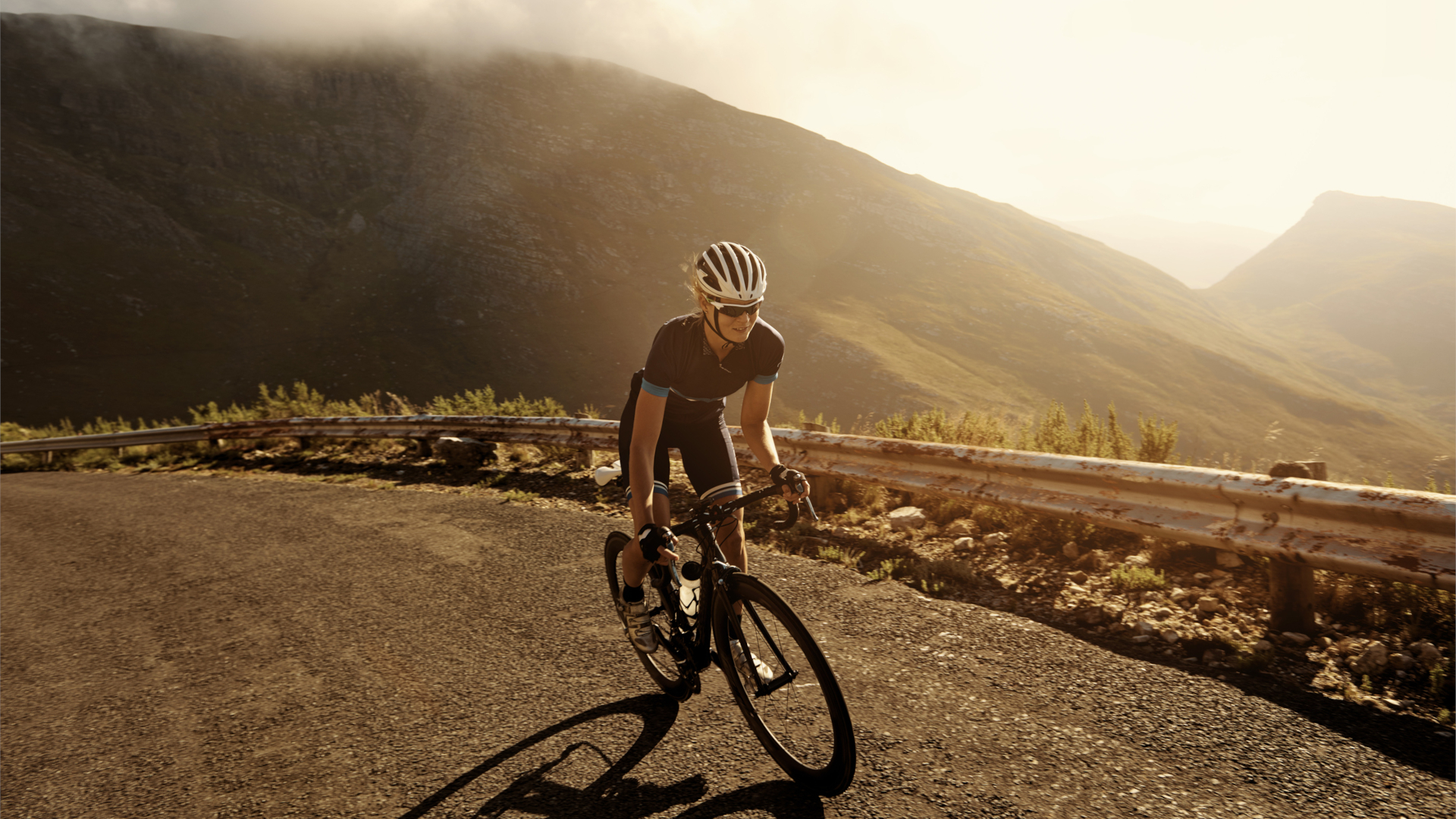
Getting on the bike is super cross training for runners – it quickly improves your leg power and cardiovascular strength without the impact that running brings. Many runners find that they can only do 3 or maybe 4 runs per week before they start to pick up an injury, so changing that 4th or 5th session to a road ride, mountain bike ride, spin class or Zwift session can give you that extra fitness boost without the payoff. In fact, a great many injured runners find that they can still cycle without aggravating the injury so it’s the perfect way both to prevent this and maintain fitness should the worst occur.
Try this cycling cross training session for runners
You can either just use this session as an extra endurance boost or recovery spin out with a steady ride at chatting pace, or if you want an intense session to replace a run, try this: warm up with 5-10 minutes easy cycling in the direction of a nice, steep hill that you might like to get out of the saddle for. At the base, start a timer with a sound on your phone for 60 seconds then speed off up the hill as quick as you can, changing up the gears to get out of the saddle, stopping when you hear the timer go off. Note where you got to, coast back, wait for the heavy breathing to stop and your heart to stop making a racket in your chest, then go again. Start with 4 if you have never done anything like this before. Gradually up it to 6-8 efforts followed by a 10-20 minute easy spin cool down.
3. Swimming
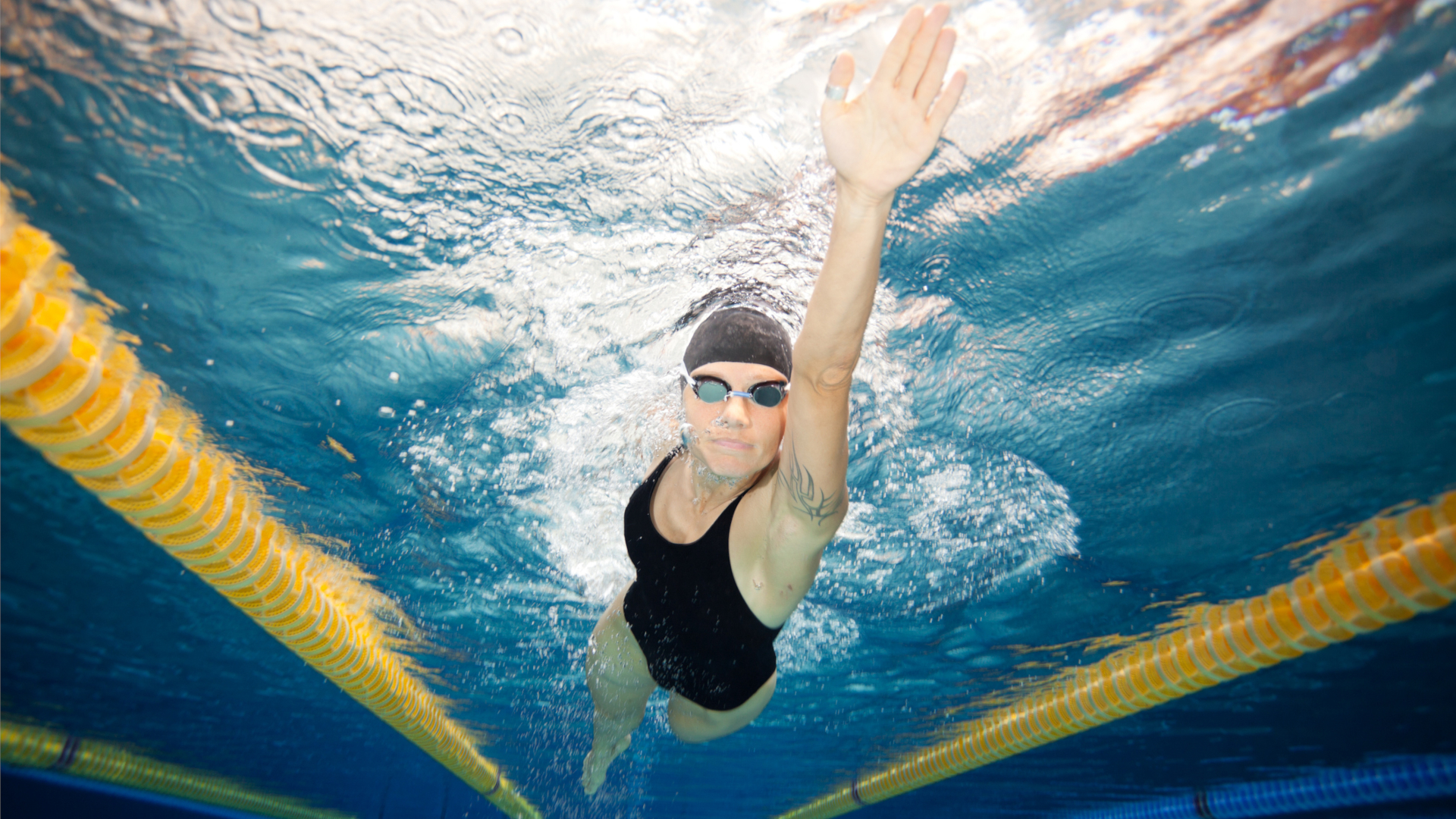
Swimming is fantastic exercise for the whole body and especially good for helping runners with their breathing. If your technique is poor, do invest in some lessons to really get the most of this full body workout that opens up your lungs and teaches you how to control your breath better. A dip in a cold lake is also a fantastic way to soothe aching leg muscles after a hard run so being proficient and confident in the water can open up a whole new world of exciting outdoor swimming adventures.
Try this swimming cross training session for runners
Anything from 30-60 minutes of steady swimming at a constant, easy effort pace is a great way to improve your whole body and cardio-vascular strength for running, but if you want to add in an intense session, try this workout: warm up with 100m easy swimming with whichever strokes you feel comfortable doing. Then swim 25m at a sprint, followed by 50m recovery at an easy pace. Repeat this 4 times if you’ve never done it before, and gradually work up to 6-8 efforts. Up the sprint distance to 50m to progress further too, changing one 25m sprint to a 50m sprint each consecutive session.
4. Walking
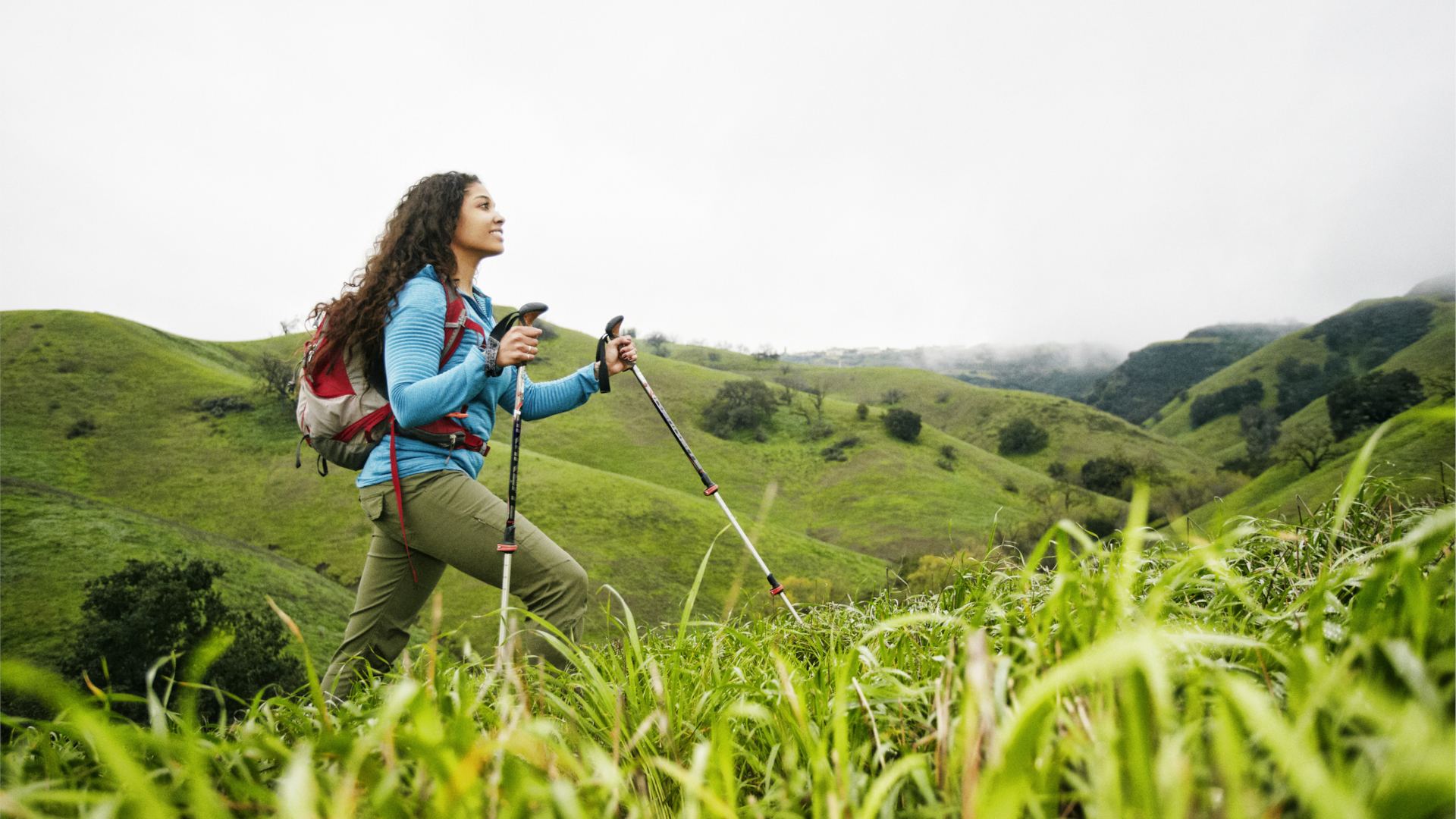
We’ve left this until the end because it’s not quite as exciting-sounding as the others, but actually, walking is one of the absolute best things a runner can do to improve their endurance, balance on uneven terrain and speed up and down hills. It’s also amazing for clearing the mind and de-frazzling your brain from a busy week. We’re not talking bimbling here, we mean brisk walking so you’re working hard up the hills and recovering on the way back down, maybe using poles to power your way along and practice for using them in an ultra (because, here’s a little secret, ultra running very often involves a lot of ultra walking!).
Try this walking cross training session for runners
Get more out of your couple of hours walking by taking a heavier pack; maybe carry someone else’s gear or food for them, or some extra water bottles – you can empty them out if you get too tired. Head to the hills or mountains if you have the experience and time to do so. You could even include some scrambling and rock climbing for extra strength and balance work, developing your core, flexibility and improving your head for heights if this is something you want to work on. If you get the opportunity, backpacking for a couple of weeks at high altitude in the mountains is a fantastic way to train, especially for long distance running. Send us a postcard!
5. Bonus workout: fun activities!
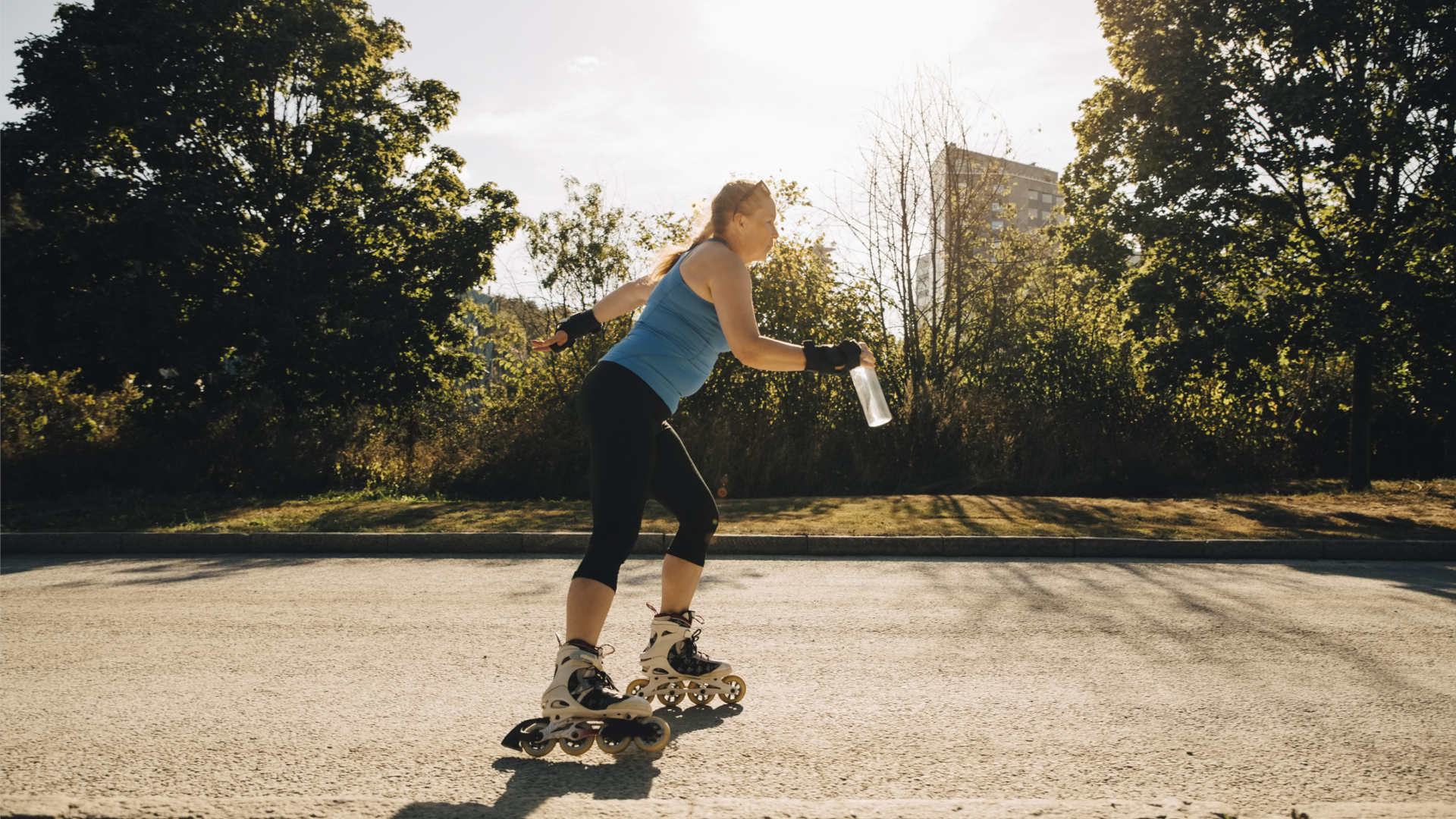
Don’t overlook other fun things like dancing, roller blading, tennis and playing footie in the park! Especially if you have young kids, freestyling along to their favorite songs or copying a dance on YouTube or TikTok can leave you as worn out as a run if you really put some energy into it. There are lots of YouTube dance workouts for free and all it takes to get active in a park is a football and a couple of sweaters for goalposts. And if you’re booking a vacation, consider skiing or cross-country skiing – the long-established winter sport of the best European trail runners due to the fitness benefits and whole body workout without the impact.
The co-founder and former editor of Trail Running magazine, Claire now runs the YouTube channel Wild Ginger Running, creating films about trail- and ultra-running advice, inspiration, races and gear reviews. An award-winning journalist, writing for outdoor and adventure sports magazines and websites, Claire's first book, The Ultimate Trail Running Handbook (5k to 50k), is out now. Her second, The Ultimate Ultra Running Handbook (50k to 100 miles), is out Autumn 2024. Claire also speaks and presents at events and races.
